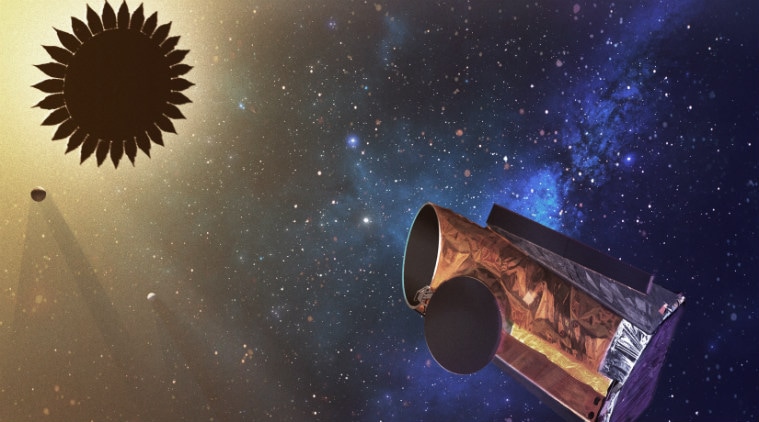NASA has prepared a mission to directly search for an Earth-like exoplanet using the Habitable Exoplanet Imaging Mission or HabEx space telescope.
NASA has proposed a mission to directly image planetary systems around Sun-like stars to search for Earth-like exoplanets. The Habitable Exoplanet Imaging Mission or HabEx is one of the four mission concepts currently being studied by the space agency in preparation for the 2020 Astrophysics Decadal Survey.
“Our goal is to see if we can find a planet that is similar to Earth one that can support life,” said Professor Scott Gaudi, a researcher at Ohio State University and part of the HabEx science community chairs. He and his colleagues from MIT and NASA’s Jet Propulsion Laboratory presented the mission concept on December 13 at the AGU Fall Meeting 2019 in San Francisco.
NASA website describes the HabEx as a large stable optical telescope in space with an unprecedented resolution to directly image exoplanets and enable galactic, extragalactic, and solar system astrophysics. The agency says that the HabEx concept is ripe for development, being both technologically and scientifically implementable in the next decade.
As compared to the Hubble’s 2.4-metre mirror, the HabEx will have a larger mirror that is 4 meters wide. It will be used in conjunction with a starshade to search the skies for light from other planets. Gaudi explains that the light is typically drowned out by brighter light from nearby stars, including our Sun but HabEx would deflect starlight using the starshade, which is a 52-meter flower-shaped disk that would go into space folded origami-like into a tight spiral.
Gaudi said, the starshade would unfold once the satellite reached its orbit and fly nearly 77,000 km from the telescope, blocking light from stars but allowing light reflecting off other planets to reach the telescope’s instruments.
Even though the primary goal of the HabEx is to characterize Earth-like planets, it will also study the full range of exoplanets, providing in particular “the first complete family portraits of planets” around our nearest sun-like neighbors, NASA says. Apart from starshade, HabEx would also have a coronagraph piece of equipment that can also characterize planets outside our Solar System and record images of them.
Gaudi said, while we’ve identified a number of planets outside our Solar System, so far, none have conclusively been shown to have the elements necessary for habitability. The HabEx mission would be the next logical step in the search for planets similar to our Earth.
The HabEx telescope will be able to sense the ultraviolet, optical, and near-infrared photons making it sensitive to all types of planets. The telescope will characterize the atmospheric content of Earth-like exoplanets and search for signatures of habitability, such as water, by measuring the spectra of these planets. The HabEx will also be sensitive to gases in the atmosphere possibly indicative of biological activity, such as oxygen or ozone.




0 Comments